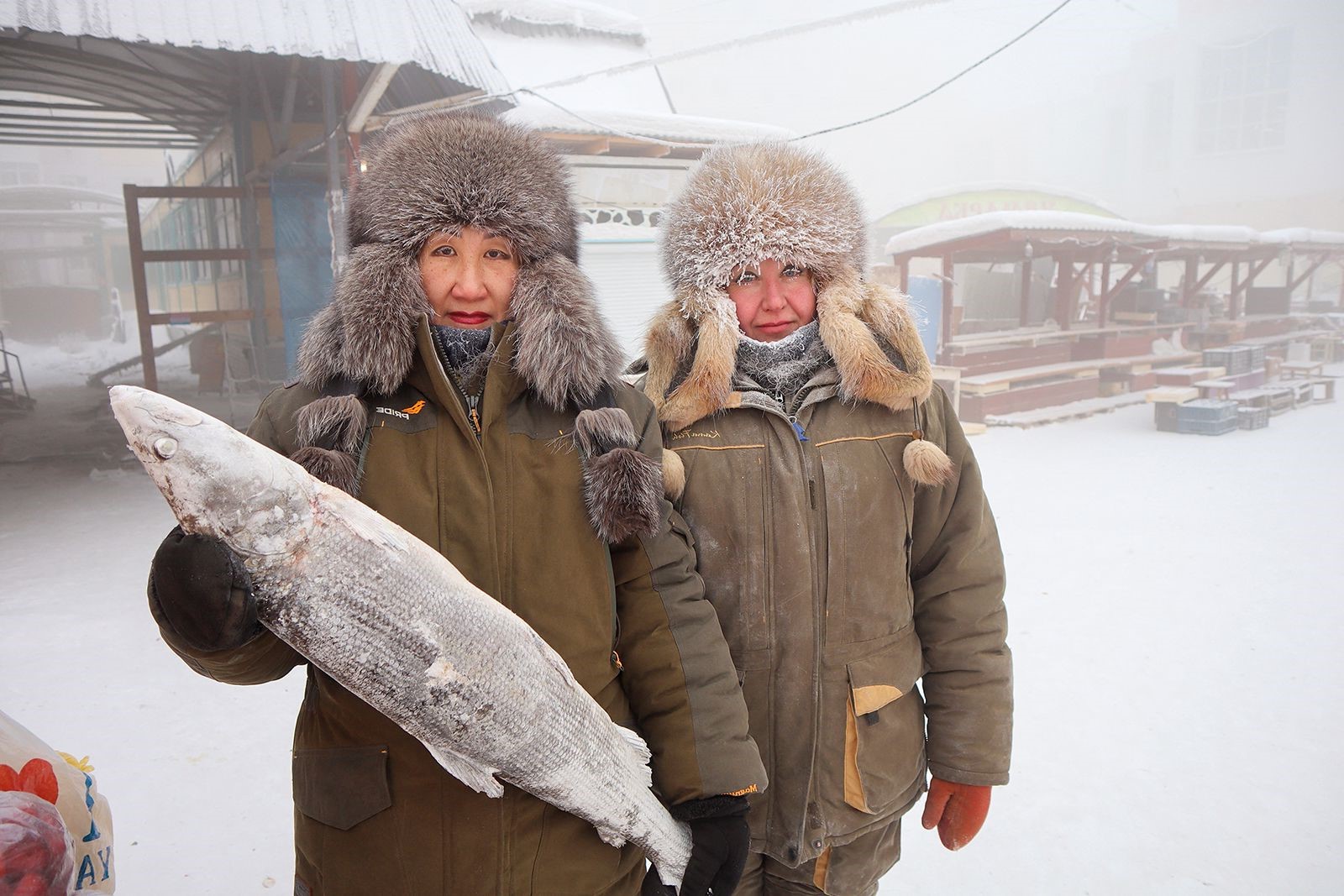Home>Weather and Climate>Where to Find Correction Factors for High Ambient Temperatures


Weather and Climate
Where to Find Correction Factors for High Ambient Temperatures
Published: November 28, 2024
Learn how correction factors for high ambient temperatures can impact weather and climate data. Understand the importance of adjustments in meteorological measurements.
(Many of the links in this article redirect to a specific reviewed product. Your purchase of these products through affiliate links helps to generate commission for Temperatures.com, at no extra cost. Learn more)
In tackling high ambient temperatures, I've learned that understanding correction factors is key. These factors are crucial for accurately adjusting electrical equipment's capacity or rating due to varying temperatures. Imagine you're setting up a power system in a desert. Here, temperatures can soar, significantly affecting equipment performance.
So, I dive into manufacturer manuals and standards like IEC and NEC. These guides offer tables and formulas to calculate the right correction factors. For instance, if a cable is rated for 30°C and you're operating at 40°C, you'll find a specific multiplier in these tables to adjust the cable's capacity.
Using these factors isn't just about compliance; it's about safety and efficiency. Overheated equipment can fail or, worse, cause fires. By applying these correction factors, I ensure systems run smoothly, even under the scorching sun.
Moreover, software tools have become lifesavers, automating these calculations and ensuring I don't miss a beat. Whether it's a simple spreadsheet or advanced engineering software, these tools take the guesswork out, letting me focus on designing safe, efficient systems.
In essence, mastering correction factors for high ambient temperatures means keeping a keen eye on details, leveraging guidelines, and embracing technology. This approach not only ensures safety but also optimizes performance, no matter how hot it gets.
















